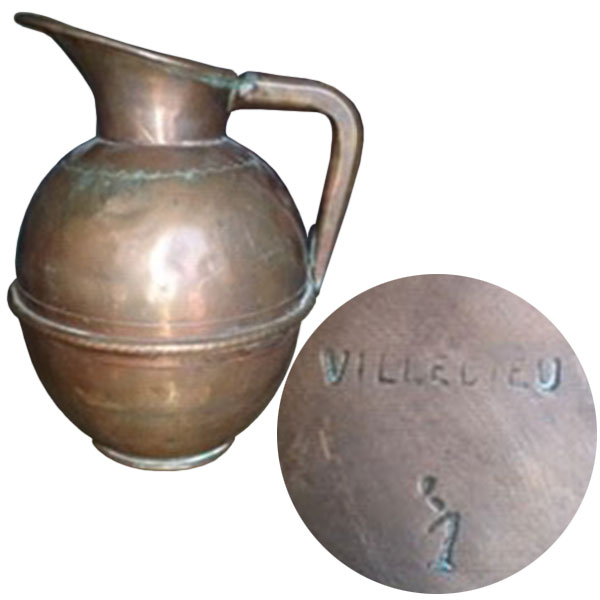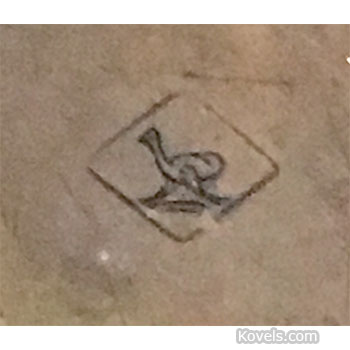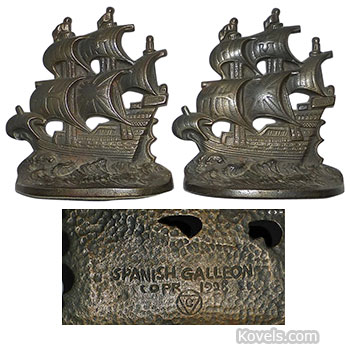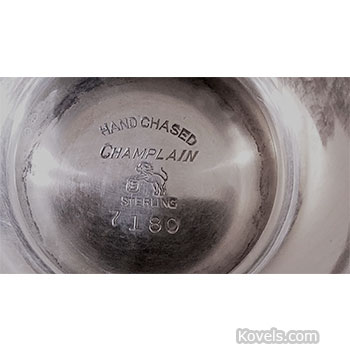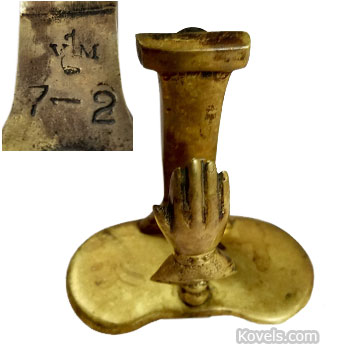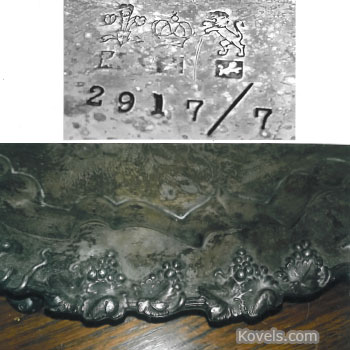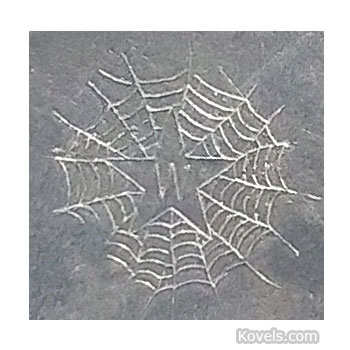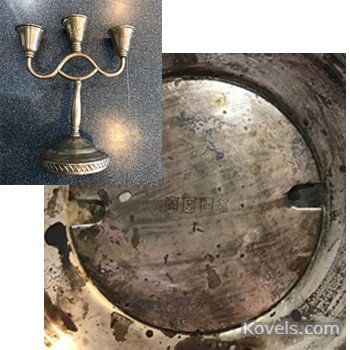AAA Silver Spoon
Q: I’m curious about a spoon I picked up at a garage sale years ago. It has what appears to be the AAA (American Automobile Association) logo on the handle. The spoon is 6 inches long and is marked “International Silver Co.” Was this part of a set or given as a promotion? Can you tell me the age and value of the spoon?
A: This looks like one of the early silver plate patterns made by International Silver Co. of Meriden, Connecticut. It might be the 1912 pattern called “Cromwell.” International Silver Co. started in 1898 when several American silver manufacturers joined together. After several changes, the company became part of Lifetime Brands in 2006. The American Automobile Association was founded in 1902 when nine motor clubs joined together. Your spoon could have been part of a set of flatware used at club functions. Most silver-plated spoons sell for under $10. Spoons with monograms usually sell for less, but the club monogram might appeal to a car enthusiast.


